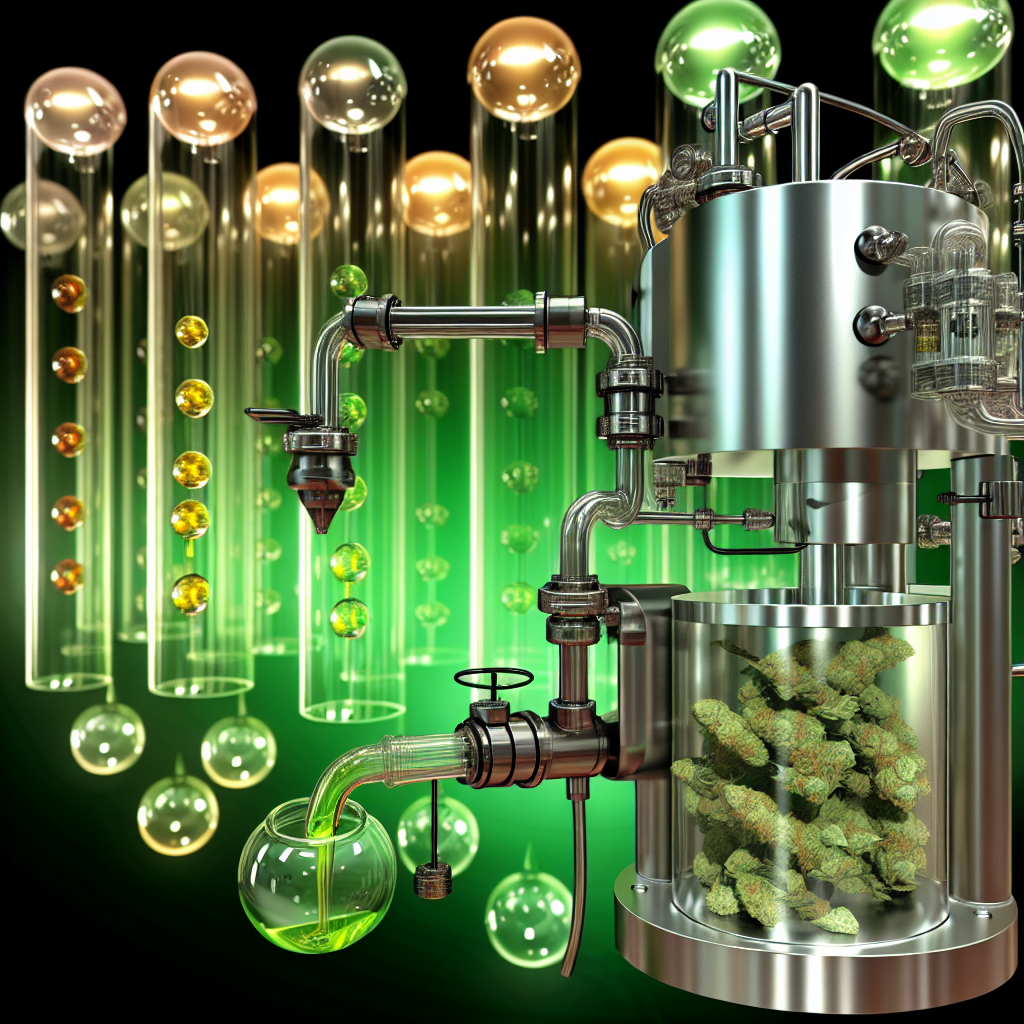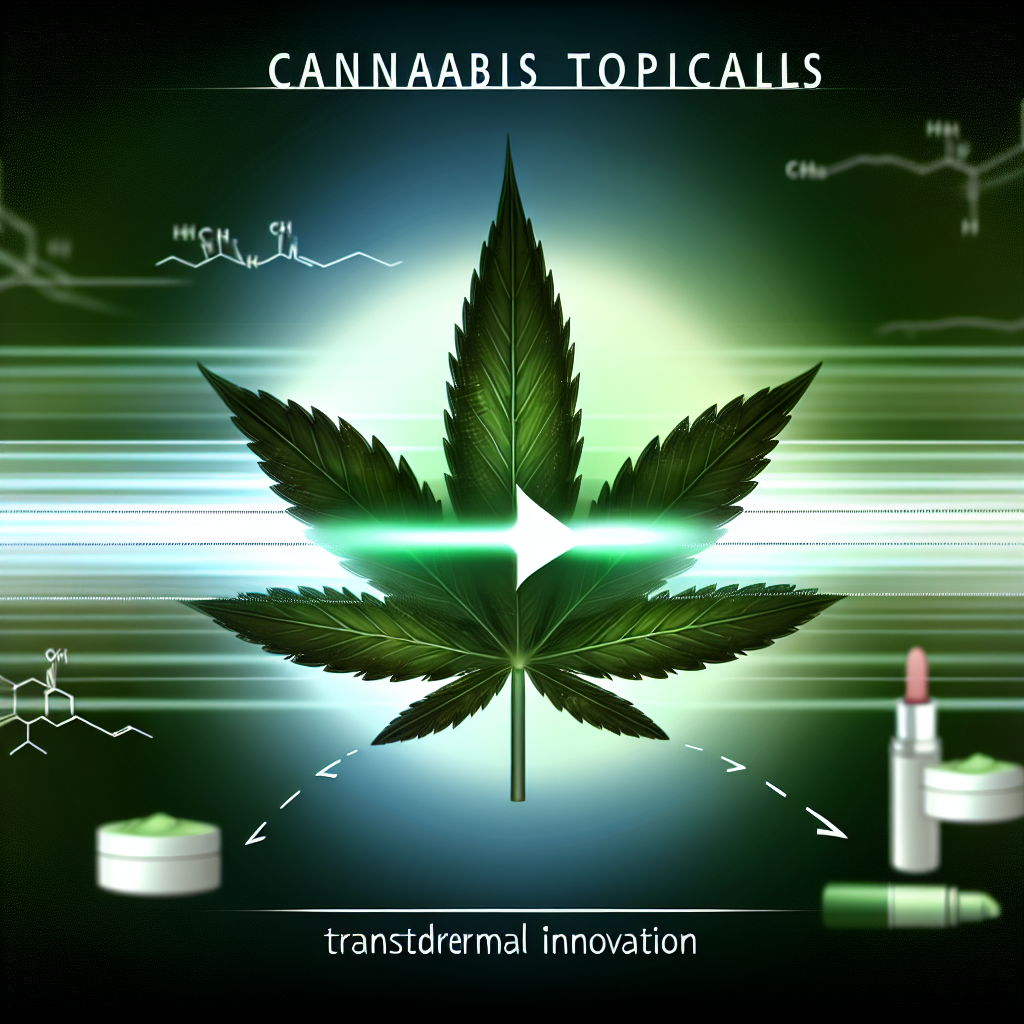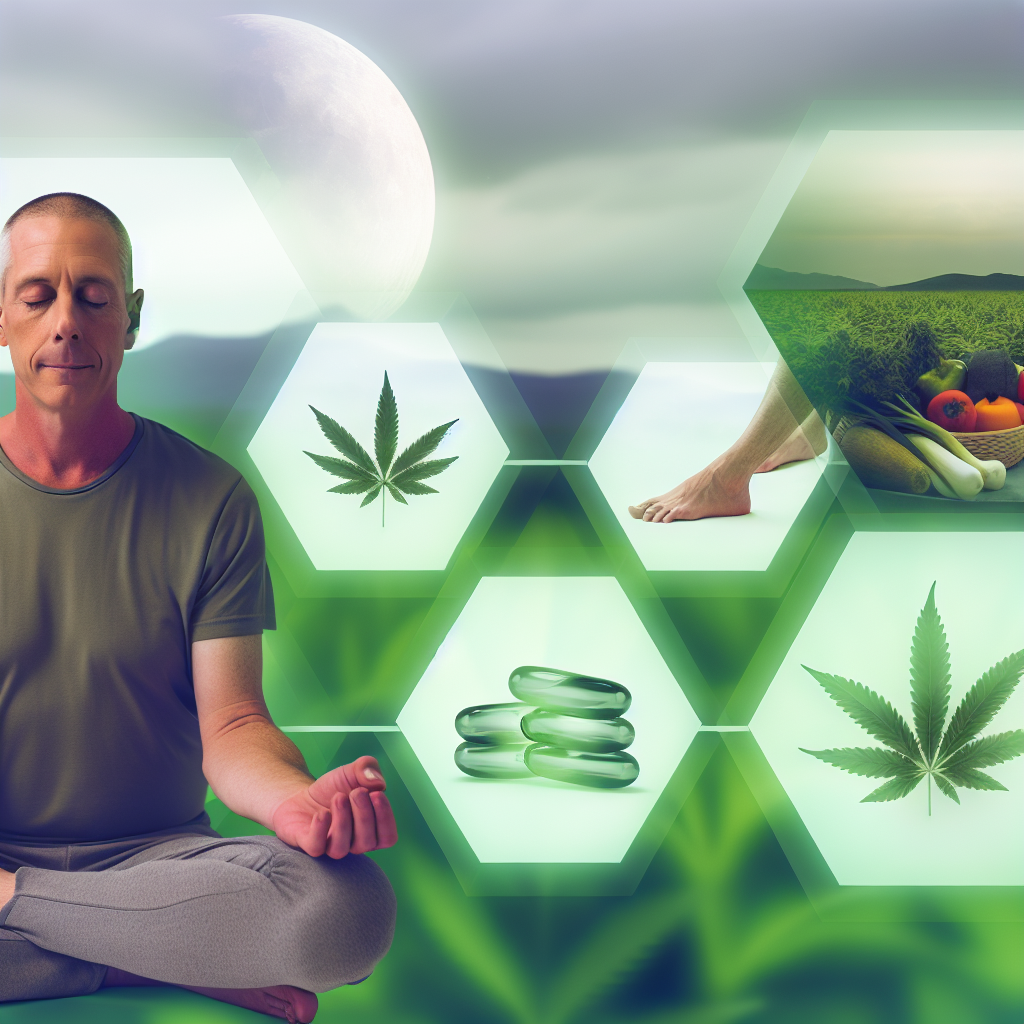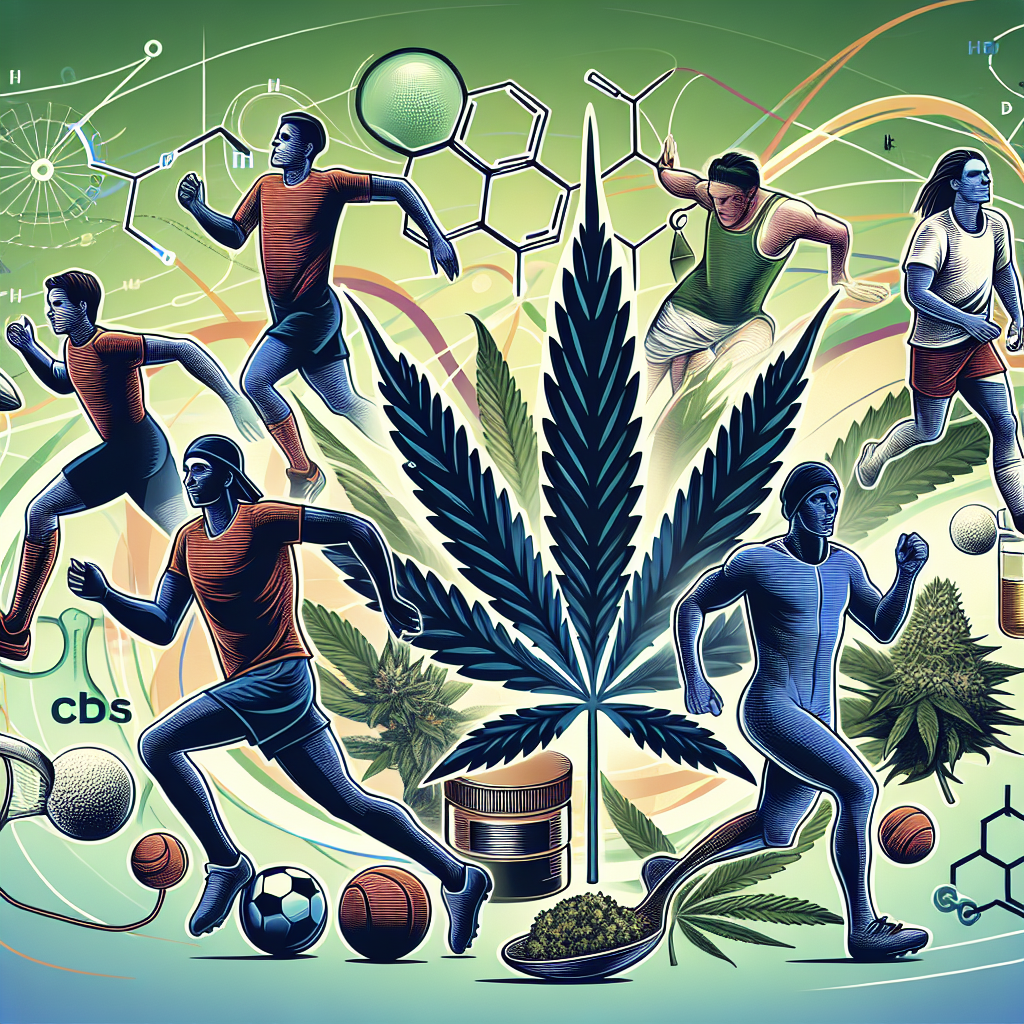Subcritical CO2 Extraction – Targeting Specific Terpene Profiles for Enhanced Therapeutic Outcomes
Introduction
The cannabis industry has grown significantly over the past decade, driven not just by legalization trends, but also by mounting scientific evidence supporting the therapeutic benefits of cannabinoids and terpenes. While THC and CBD have long been the marquee compounds, increasing attention is being given to the entourage effect, which suggests that cannabinoids, terpenes, flavonoids, and other plant compounds work synergistically to enhance therapeutic outcomes. Among these, terpenes play a vital role in amplifying or modifying effects—such as delivering anxiolytic, anti-inflammatory, or mood-enhancing properties.
Given their therapeutic significance, the industry is increasingly focusing on extraction techniques that preserve or selectively isolate these sensitive compounds. One such method drawing attention is subcritical CO2 extraction. This technique operates under conditions of low pressure and temperature, making it ideal for capturing volatile monoterpenes and sesquiterpenes that are often lost during traditional or high-heat extraction processes like supercritical CO2 or hydrocarbon extraction.
Patients are increasingly demanding products tuned to target specific health issues such as anxiety, chronic pain, and insomnia. By utilizing subcritical CO2 extraction, manufacturers can carefully preserve compounds like linalool (anti-anxiety), myrcene (sedative), and caryophyllene (anti-inflammatory), paving the way for the development of precision-focused, therapeutic cannabis products.
This method not only minimizes thermal degradation of cannabinoids and terpenes but also allows for the fine-tuning of formulations. Medical cannabis producers, wellness brands, and clinical researchers are now leveraging this technology to revolutionize patient care and offer safer, more effective, and customizable treatments.
With increasing emphasis on personalization in cannabis medicine, understanding how extraction techniques influence the overall composition and efficacy of cannabis products has taken center stage. Subcritical CO2 extraction lies at the crossroads of science, health, and innovation—serving as a cornerstone for a more sophisticated and precise approach to cannabis therapeutics.
Scientific & Medical Relevance of Targeting Terpene Profiles
A growing body of scientific research supports the pharmacologic efficacy of individual terpenes, both alone and in synergy with cannabinoids. A seminal 2011 study by Ethan Russo in the British Journal of Pharmacology emphasized the interactive synergy between cannabinoids and terpenes, establishing the medical validity of the entourage effect. For example, myrcene is known for its sedative properties, limonene for uplifting effects, linalool for anxiety relief, and pinene for bronchodilation and anti-inflammatory benefits.
Subcritical CO2 extraction excels in preserving these beneficial compounds. It operates at pressures below 1000 psi and temperatures under 60°F (15°C), avoiding the high heat that degrades many monoterpenes. This method retains the plant’s native aromatic profile, making it invaluable for formulating effect-specific cannabis products.
Leading-edge cannabis laboratories now utilize precision analytical tools including Gas Chromatography-Mass Spectrometry (GC-MS) and High-Performance Liquid Chromatography (HPLC) to analyze terpene retention and optimize formulations. According to a 2020 review by Booth and Bohlmann, the ability to isolate and reintroduce specific terpenes at desired ratios shows great promise for studying individual effects and enhancing therapeutic synergies.
From a commercial standpoint, many cannabis companies are transitioning from marketing strains by THC or CBD content to emphasizing terpene composition. Strain-specific vape oils, tinctures, and topicals are now crafted with defined terpene profiles—products enriched with limalool for insomnia, or alpha-pinene for inflammation—allowing consumers to choose formulas tailored to their specific needs.
Environmental concerns also factor into choice of extraction. Subcritical CO2 extraction produces cleaner, solvent-free extracts and is inherently more eco-friendly. Unlike butane or ethanol extraction techniques, CO2 is nontoxic, recyclable, and leaves zero harmful residues—making it the ideal green option for both producers and environmentally conscious consumers.
As consumer demand grows for targeted cannabis therapeutics, subcritical CO2 extraction is proving critical in advancing the industry toward safer, clearer, and effect-driven solutions.
Conclusion
Subcritical CO2 extraction stands out as one of the most precise and sustainable methods for capturing the full therapeutic range of the cannabis plant. Its ability to maintain fragile terpene structures not only results in superior flavor and aroma but also enables customized therapeutic cannabis formulations. As interest in the entourage effect looms larger, this method is poised to redefine the landscape of personalized cannabis medicine.
The future of cannabis therapeutics is undeniably moving toward personalization, science-backed formulations, and cleaner processing techniques. Subcritical CO2 extraction will continue to serve at the core of this evolution—bridging the gap between extraction technology, scientific insight, and optimized health outcomes.
References
Concise Summary
Subcritical CO2 extraction offers a breakthrough method in cannabis processing, preserving delicate terpenes and enabling targeted therapeutic profiles. Operating at low temperatures and pressures, it avoids thermal degradation and retains valuable compounds like myrcene, linalool, and limonene. This ecological and solvent-free technology supports the entourage effect and facilitates precision in product formulation for ailments like anxiety, pain, and inflammation. As research confirms terpenes’ medicinal value, this method elevates cannabis to a more scientific and personalized form of treatment, aligning with consumer demand for clean, customized, and data-driven wellness products.




